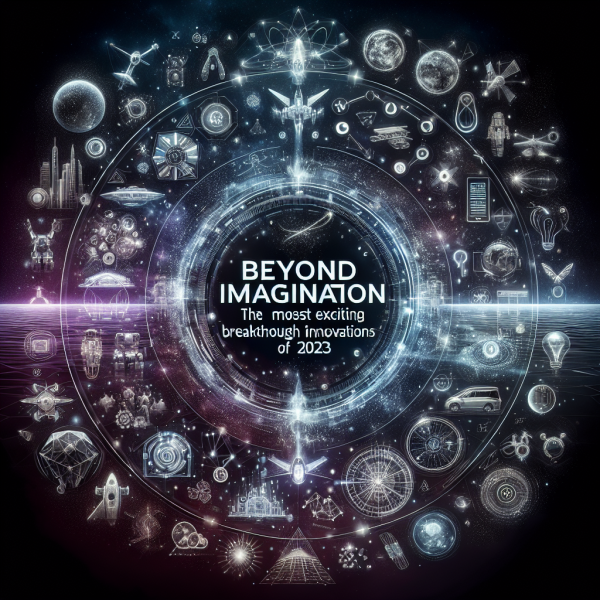Industry Analysis in the Age of Automation: Opportunities and Challenges

Industry Analysis in the Age of Automation: Opportunities and Challenges
The rise of automation is reshaping industries across the globe, bringing unprecedented opportunities and challenges. As technologies such as artificial intelligence (AI), robotics, and the Internet of Things (IoT) advance, businesses are compelled to rethink their strategic approaches and operational models. This article explores the implications of automation on industry analysis, examining both the opportunities that emerge and the challenges that must be addressed.
The Landscape of Automation
Automation refers to the use of technology to perform tasks that would typically require human intervention. It has permeated various sectors — from manufacturing and logistics to healthcare and finance. The World Economic Forum estimates that by 2025, automation could displace 85 million jobs globally but also create 97 million new roles. This duality highlights why industry analysis must evolve to account for not only traditional metrics of performance but also the potential impact of automation on labor markets, productivity, and competitive dynamics.
Opportunities Presented by Automation
-
Increased Efficiency and Productivity: Automation streamlines processes, reduces human error, and significantly boosts productivity. Tasks that were once time-consuming can now be executed quickly and accurately, allowing businesses to optimize operations and respond to market demands in real-time.
-
Enhanced Data Analysis: Automation facilitates advanced data collection and analysis, empowering organizations to make informed, data-driven decisions. With machine learning algorithms, businesses can analyze vast amounts of data to identify trends, forecast demand, and tailor offerings to specific customer needs.
-
Cost Reduction: By minimizing labor costs and enhancing efficiency, automation can lower operational expenses. This is particularly beneficial for industries with tight margins, where even slight reductions in costs can lead to substantial increases in profitability.
-
Innovation and Product Development: Automation enables rapid prototyping and testing, expediting the product development cycle. Companies can experiment with new designs and features at a faster pace, fostering innovation and responsiveness to consumer trends.
- New Business Models: The introduction of automation opens the door for new business models, such as subscription services, on-demand logistics, and smart manufacturing setups. These models can create competitive advantages and tap into previously underserved markets.
Challenges Brought by Automation
-
Workforce Displacement: One of the most pressing challenges of automation is the potential for workforce displacement. As machines and AI assume roles traditionally held by humans, there is a growing concern about job loss and the socio-economic impact on displaced workers. Industry analysis must consider strategies for workforce transition and skill development.
-
Skill Gaps and Education: As the demand for technologically adept workers rises, many industries face skill gaps. A re-evaluation of education systems and training programs is essential to prepare the workforce for new roles that require advanced technical skills and adaptability.
-
Cybersecurity Risks: With increased automation comes greater reliance on digital systems, making industries more vulnerable to cyberattacks. Businesses must prioritize cybersecurity strategies to protect sensitive data and ensure operational continuity in an increasingly automated world.
-
Ethical Considerations: The deployment of AI and automation raises ethical questions regarding decision-making processes, data privacy, and accountability. Industry analysts must grapple with these issues to ensure responsible use of technology and maintain consumer trust.
- Market Volatility: Rapid changes driven by automation can lead to market volatility. Companies that fail to adapt quickly to technological advancements may find themselves sidelined or outperformed by nimbler competitors. Industry analysis must account for the pace of change and the ability of firms to innovate.
Conclusion
In the age of automation, industry analysis is more critical than ever. Understanding the opportunities presented by automation—such as enhanced efficiency and innovative business models—also necessitates an acknowledgment of the challenges, including workforce disruption and ethical dilemmas. Businesses that adopt a proactive approach to integrating automation while addressing the associated risks will be better positioned to thrive in this transformative era. The ability to not only analyze industry dynamics but also to adapt and transform in response to technological advancements will define leaders in the age of automation.














